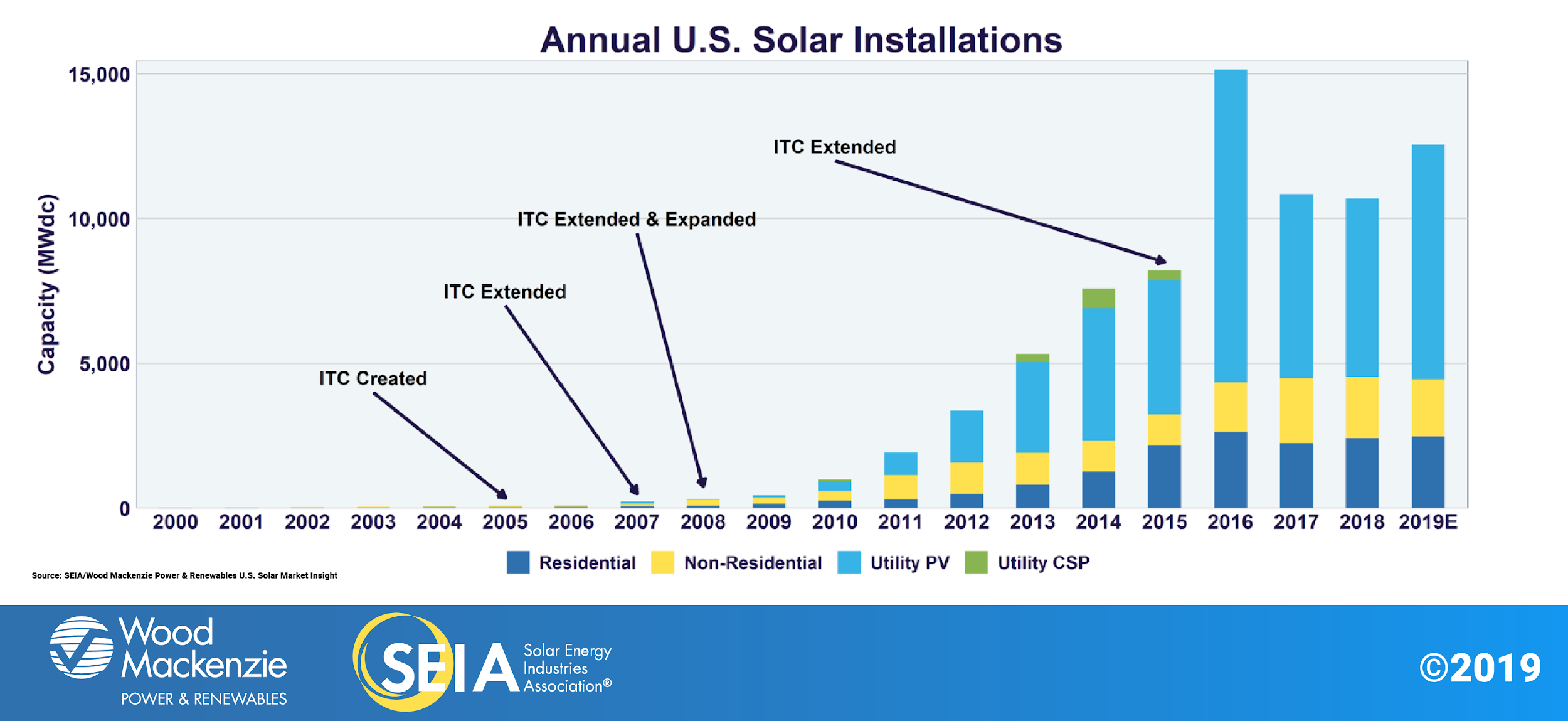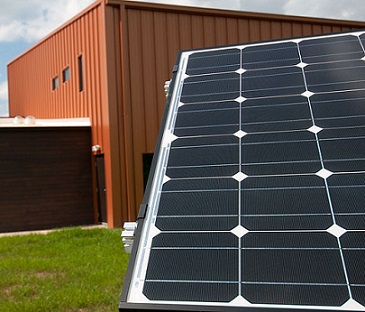Off the top of my head with no attempt at actual calculations there will be more naturally occurring gallium and arsenic in household soil than would accumulate from broken solar panels on a.
Arsenic in solar panels.
Alta devices makes solar panels using gallium arsenide cells a more efficient material than the generally cheaper silicon based cells.
2 create the gallium arsenide crystal.
Because boron has one less electron than is required to form the bonds with the surrounding silicon atoms an electron vacancy or hole is created.
Gallium arsenide is an important semiconductor material for high cost high efficiency solar cells and is used for single crystalline thin film solar cells and for multi junction solar cells.
Environmental scientists and solar industry leaders are raising the red flag about used solar panels which contain toxic heavy metals and are considered hazardous waste.
What does data show.
The p type silicon is produced by adding atoms such as boron or gallium that have one less electron in their outer energy level than does silicon.
Making your own gallium arsenide solar cell 1 obtain the substrate.
What can cause a solar panel to be considered a hazardous waste.
With recycling expensive.
To keep prices down though the company uses very small amounts of gallium and arsenic creating a layer of gallium arsenide only one micron thick.
Photovoltaic pv cells are made of a variety of materials that include several types of silicon arsenic and selenium.
None of this poses much if any threat.
The first known operational use of gaas solar cells in space was for the venera 3 mission launched in 1965.
Arsenic cadmium telluride hexafluoroethane lead and polyvinyl fluoride are just some of the chemicals used to manufacture various types of solar cells.
So you probably should get some expert advice before piling them up somewhere onsite.
This is the most difficult step of the solar cell s construction.
2 for used solar panels that will not be reused when they are disconnected removed from service.
Your weary solar panels contain arsenic cadmium silicon copper and everyone s favorite lead.
A solar cell is made of two types of semiconductors called p type and n type silicon.
The cells in photovoltaic panels generate electrical power by converting solar radiation sunlight into an electrical current.
Depending what specific properties you want your solar cell to have differing substrates should.




























